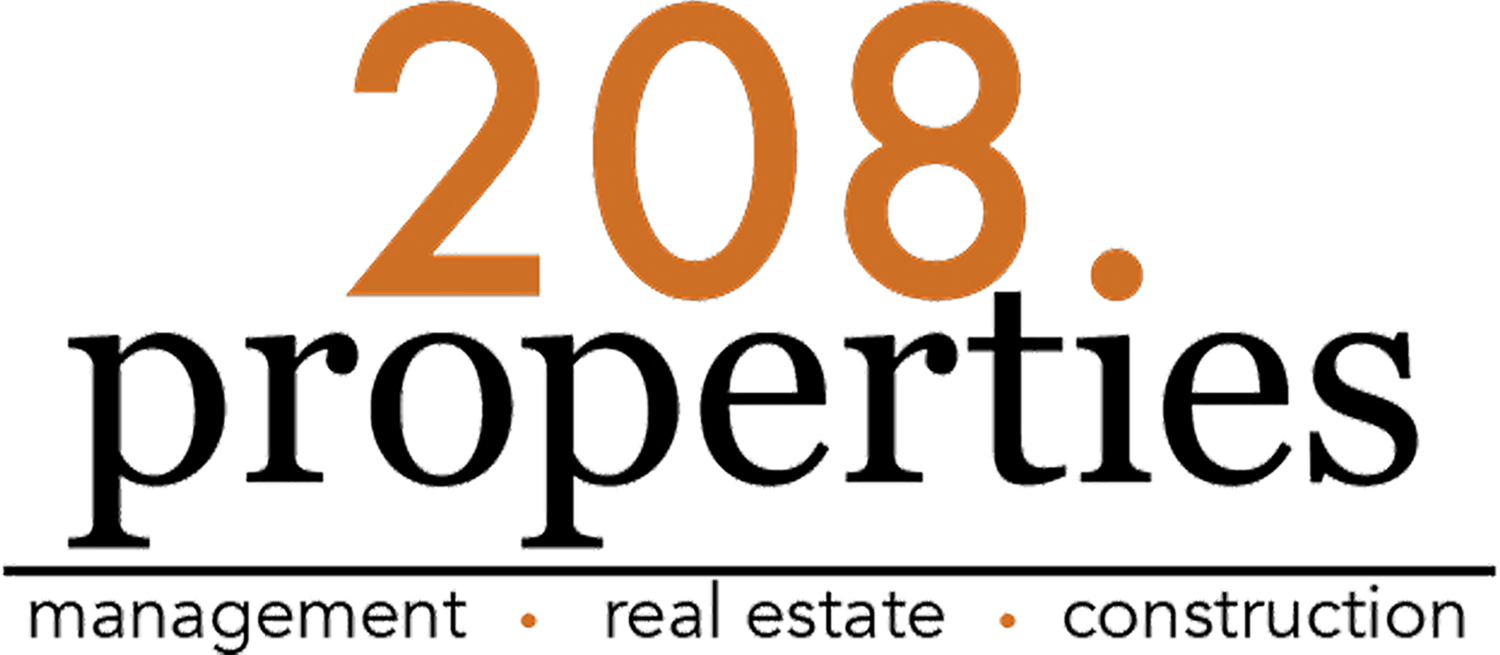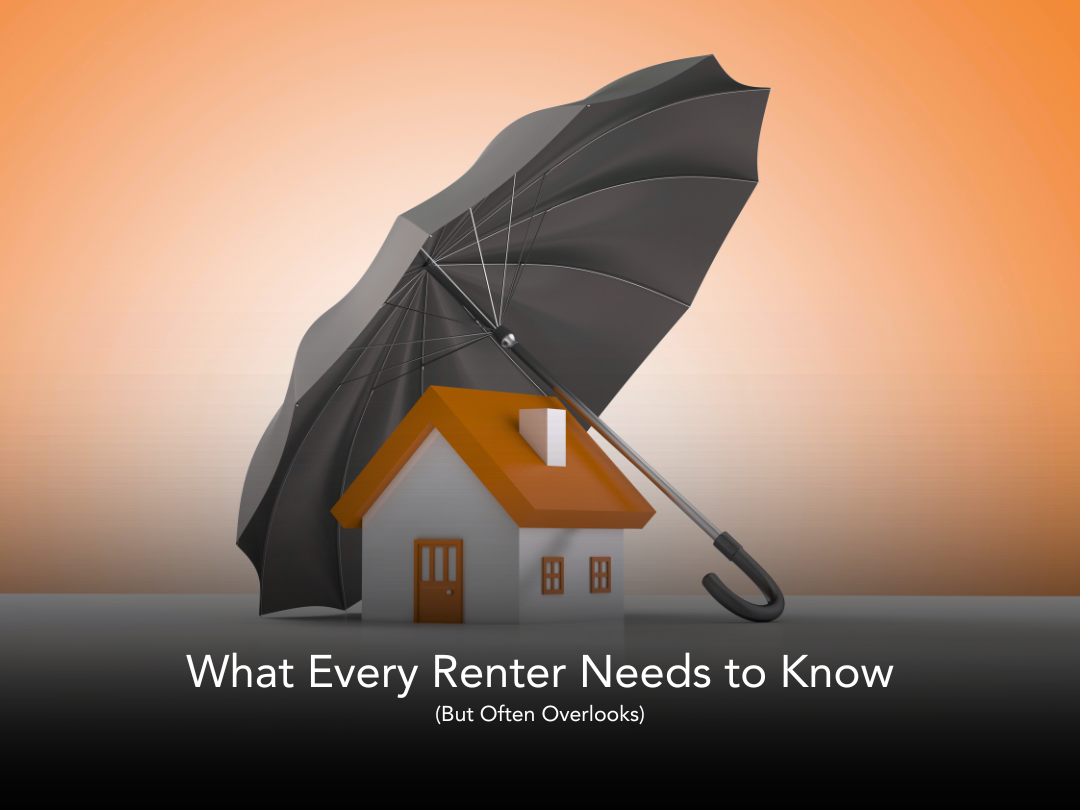One of the biggest decisions you'll face as a real estate investor is how to finance your investment property. It can be tricky, and there’s no single right or wrong answer for everyone.
By learning what’s important when it comes to mortgaging an investment property, you can make better decisions overall and secure your financial future. Consider this brief but comprehensive guide before you lock yourself into an agreement.
Step 1: Determine Your Investment Strategy
First, you’ll want to pin down your investment strategy. There are different types of financing and mortgage lenders you can choose from, and each choice will impact your investment returns.
Are you planning on fixing and flipping the property, or are you looking for long-term rental income? This will determine the type of financing you'll need and what types of mortgage lenders you'll be able to work with.
Here are just a few of your financing options:
Balloon mortgage — for short-term financing
Conventional mortgage loans — same types of loans for financing homes
Fix & flip loans — for financing a home with money to renovate, to be quickly resold
HUD loans — for buying foreclosed-on properties
Owner financing — for borrowing directly from the owner
Step 2: Gather Your Financial Documents
Once you've determined your investment strategy, it's time to gather your financial documents. This will include proof of income, such as tax returns and pay stubs, as well as information about any other assets you may have. You may also need to provide information about any liabilities, such as credit card debt or student loans.
Step 3: Get Pre-Approved for a Loan
Now that you’ve gathered your financial documents, it's time to get pre-approved for a loan. This will give you an idea of how much you can afford to borrow and what your monthly payments will be.
Keep in mind that pre-approval is not the same as final approval. You'll need to provide additional information and complete the loan application process later on. However, this process gives you the chance to evaluate your budget and needs.
Step 4: Shop Around for Lenders
With pre-approval in hand, it's time to start shopping around for mortgage lenders. Not every lender is built the same, so be sure to compare interest rates, fees, and terms from multiple lenders. Find the best deal for your situation.
It's also a good idea to work with a mortgage broker who can help you find the right lender for your needs and guide you through the process. A mortgage broker has more access to lenders than you would on your own.
But be sure to ask your possible brokers about their experience, position, and what value you’ll get out of the exchange. Investigate to make sure you’re partnering with a broker that has your interests at heart.
Step 5: Choose the Right Loan for Your Needs
We gave a brief list of loan options in Step 1. Each of these loan types has its own pros and cons, so be sure to weigh your options carefully and choose the loan that best fits your investment strategy.
For example, a conventional loan might be right for you, but it might not — it all depends on your circumstances. Here are some pros and cons of a conventional loan vs. some of the other lending options:
Pros:
Lower mortgage rates and fees with a good credit score
Lower monthly payments as a long-term agreement
Options for extending
Cons:
Typically requires a 20% down payment
Requires a good credit score
Slow loan processing time
Evaluate the pros and cons of each of your chosen options, then make a deal with the help of your financial experts. Don’t make the big decisions on your own.
Step 6: Complete the Loan Application Process
Now it's time to complete the loan application process. This stage is simpler.
You’ll have to provide additional financial information and complete any required paperwork. You may also need to provide information about the property you're interested in buying, including its location, value, and condition.
Then you can move on in your investment journey.
Step 7: Close the Loan
Once your loan has been approved, it's time to close and complete your investment. You’ll need to pay any closing costs and fees, as well as provide proof of insurance for the property.
Then, you'll need to sign the loan agreement and any other required documents. After everything is accounted for and the keys given over to you, it’s time to start turning your investment into profit. That’s where a trusted property manager can help.
In Conclusion
Mortgaging an investment property can be a complex and overwhelming process, but with the right guidance and preparation, it can be a great way to secure the financing you need to succeed.
From deciding your investment strategy to closing on the loan, help and advice are here for you at every step of the process. Follow this guide and build the right team of experts around you to improve the success of your properties.
For more on real estate investment, see here.

















